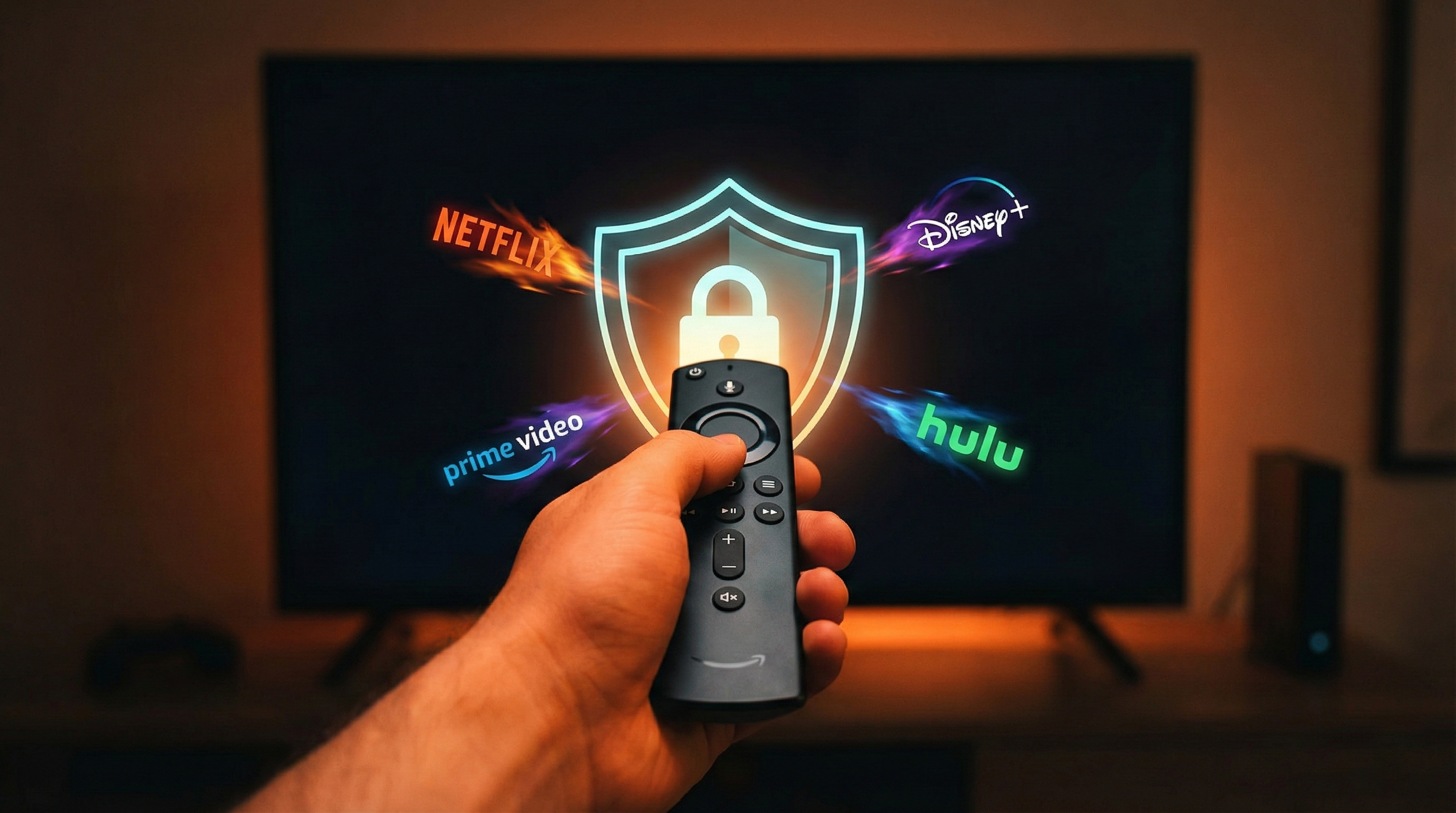iPhone 17 Air may not have all-day battery life — and the solutions defeat the purpose of a skinny phone
Style over substance is a bad way to market a phone
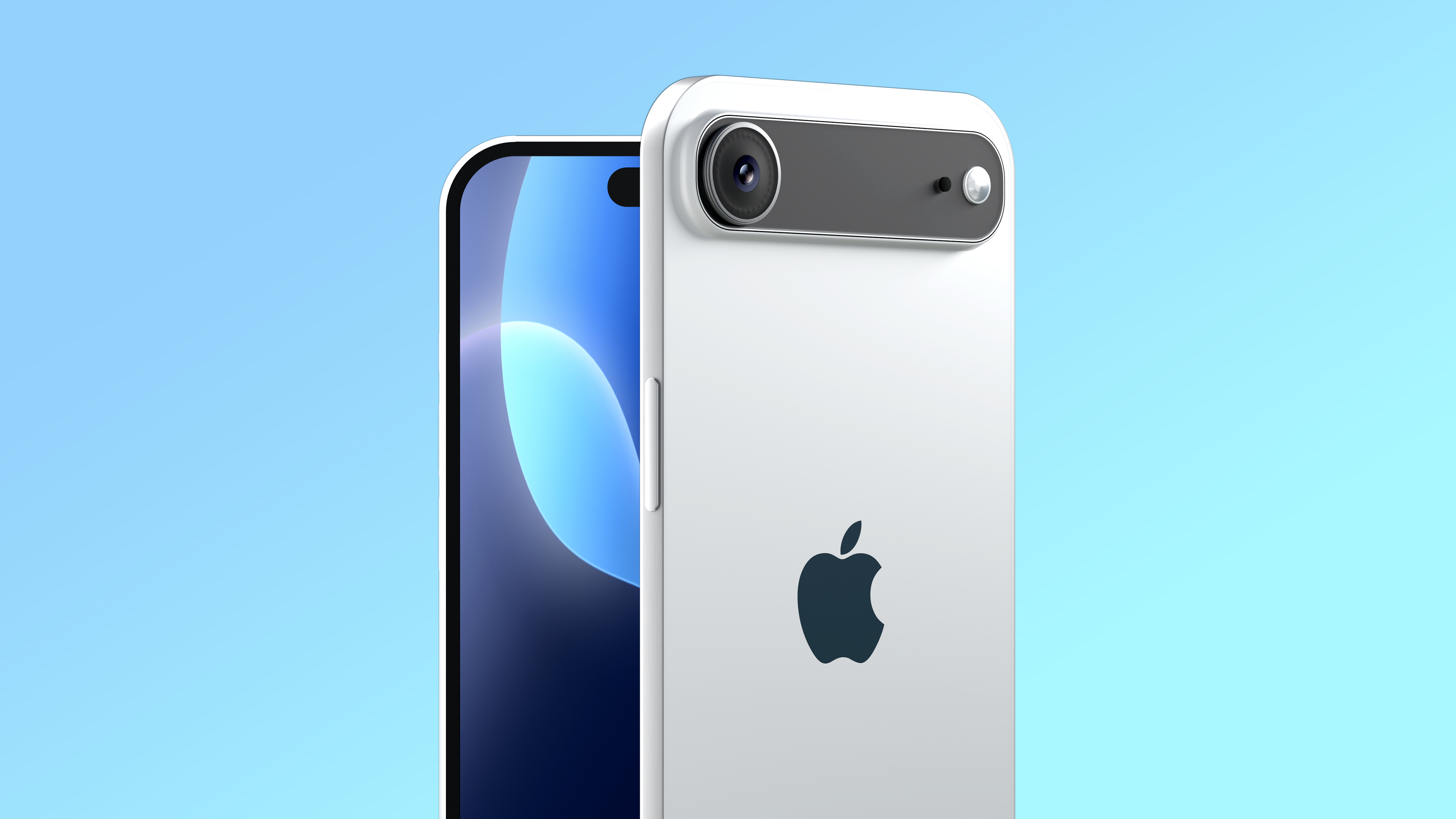
2025 is shaping up to be the year of the super-skinny phone. Not only is the Samsung Galaxy S25 Edge going on sale at the end of the month, we're also expecting the iPhone 17 Air to be revealed later on this year.
The hook these phones have is that they're thin and lightweight, emphasizing an almost unique style that we haven't seen on a smartphone for some time. The problem is that making a phone as thin as possible inevitably means trade-offs occur, and accounting for them could make the whole endeavor rather futile.
Big batteries need space
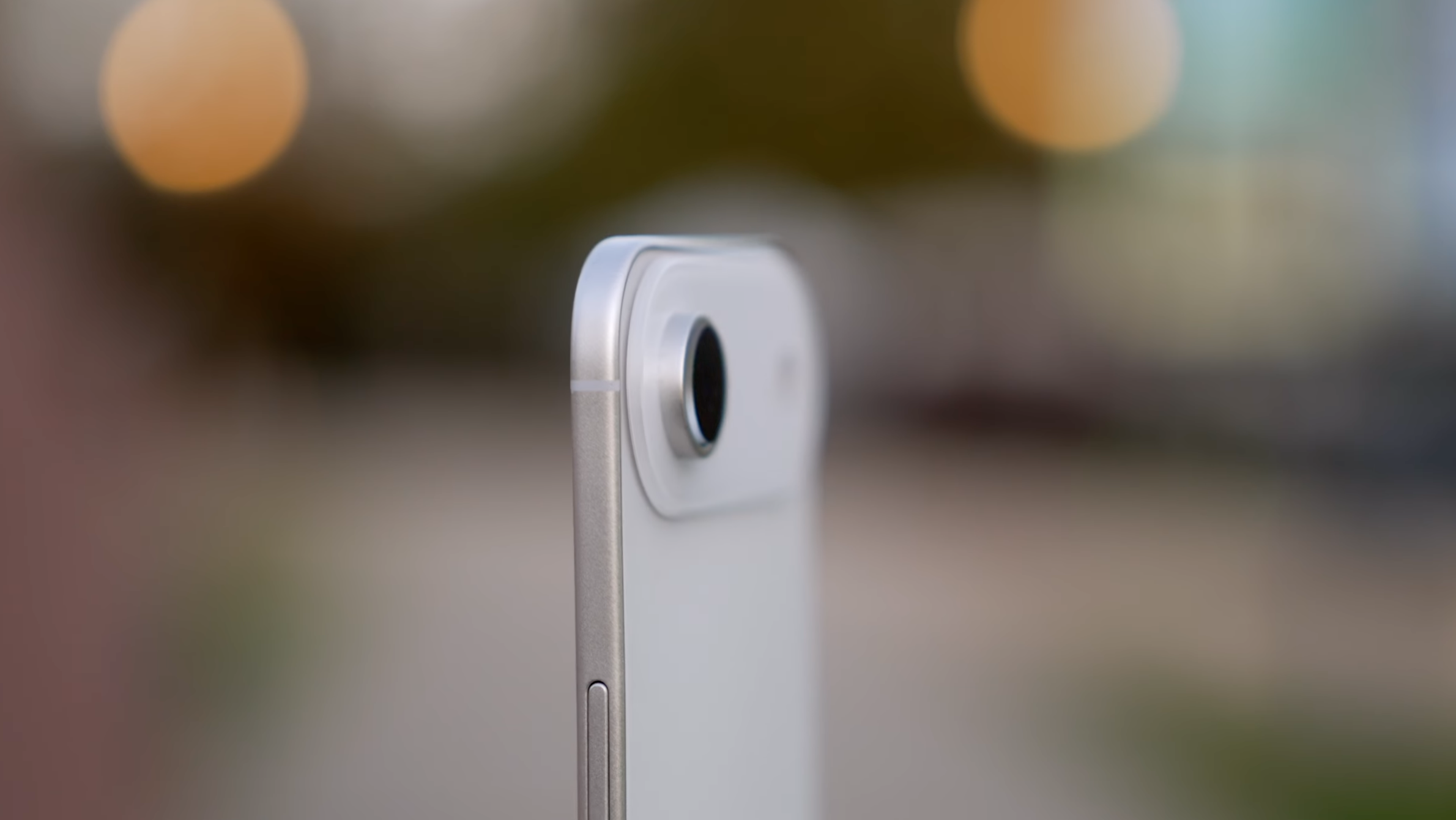
According to one recent report, the iPhone 17 Air isn't likely to last a full day on a single charge — with only 60-70% of users predicted to be able to do so. That's compared to 80 and 90% for the rest of the iPhone 17 family.
We don't know how big the battery is going to be, and Apple isn't likely to ever tell us, but things are apparently so bad that it's going to resurrect a long-dead iPhone accessory — the battery case.
The battery case was discontinued after the launch of iPhone 12, when MagSafe meant users could rely on magnetic battery packs to do the same job. This suggests two things about the iPhone 17 Air.
The first is that the battery is so much weaker than other iPhone 17 that it needs a special accessory to help keep it going. The other is that we may not see MagSafe on the super-thin iPhone — but wireless charging is likely.
After running the Tom's Guide battery test on the Samsung Galaxy S25 Edge, that phone's 3,900 mAh battery lasted just 12 hours and 38 minutes. By comparison, the
Get instant access to breaking news, the hottest reviews, great deals and helpful tips.
While not tiny, it's still smaller than the rest of the Galaxy S25, which has a 4,400 mAh battery, lasted 15 hours and 43 minutes, while the S25 Ultra's 5,000 mAh battery lasted 17 hours and 14 minutes.
The problem is that phone batteries take up a lot of space, and the bigger the battery the more space is needed to hold it. A lot of work has happened in compressing batteries and improving energy efficiency, which is why we've seen battery life steadily climb without huge leaps in capacity.
By making the phone thinner, you're limiting the amount of space for a large battery. Which, regardless of how much power efficiency you can score, is never going to produce record-breaking numbers. Not good ones anyway.
And if you have to slap a battery onto the back to keep your phone alive for the entire day, then you've defeated the purpose of actually having a thin phone.
How durable is a thin phone going to be?
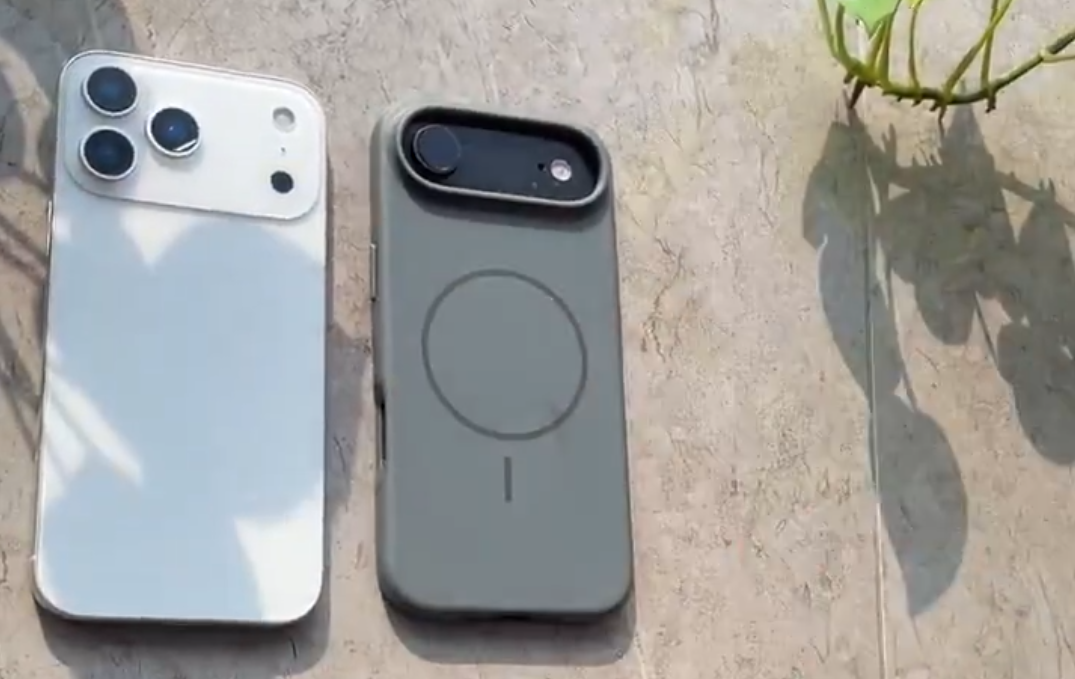
Remember back in 2014 when Apple released the iPhone 6? It was, and still is, the thinnest iPhone ever made at 6.9mm thick. Unfortunately that thickness was a problem, because the phone ended up susceptible to bending — a problem that became known as "Bendgate."
The iPhone 17 Air is set to be even thinner at 5.5mm, almost a millimeter and a half thinner.
I'm certain that Apple has learned a lot about durability over the past 11 years, and will be working tirelessly to make sure Bendgate 2: Cupertino Boogaloo doesn't happen once the iPhone 17 Air is released. We noted that the 5.8mm S25 Edge felt surprisingly durable in our Galaxy S25 Edge hands-on, so it's a lesson that others took to heart.
But no matter how durable super thin phones actually are, that bias is still likely to exist in the minds of many. To make matters worse, even if skinny phones can match the durability of their thicker counterparts, that still isn't particularly durable.
Which means that these phones are probably going to end up wrapped in some sort of case. Those cases will then add extra thickness and weight to the phone, depending on the kind of case people opt for, and there gets to a point where you may as well have not bought the thin model at all.
And for those that prefer a naked phone, are you willing to gamble the higher price tag on the phone being as durable as its counterparts? Because I wouldn't be surprised if Apple gets a lot of Apple Care Plus claims in the months following the Air's release.
Bottom line
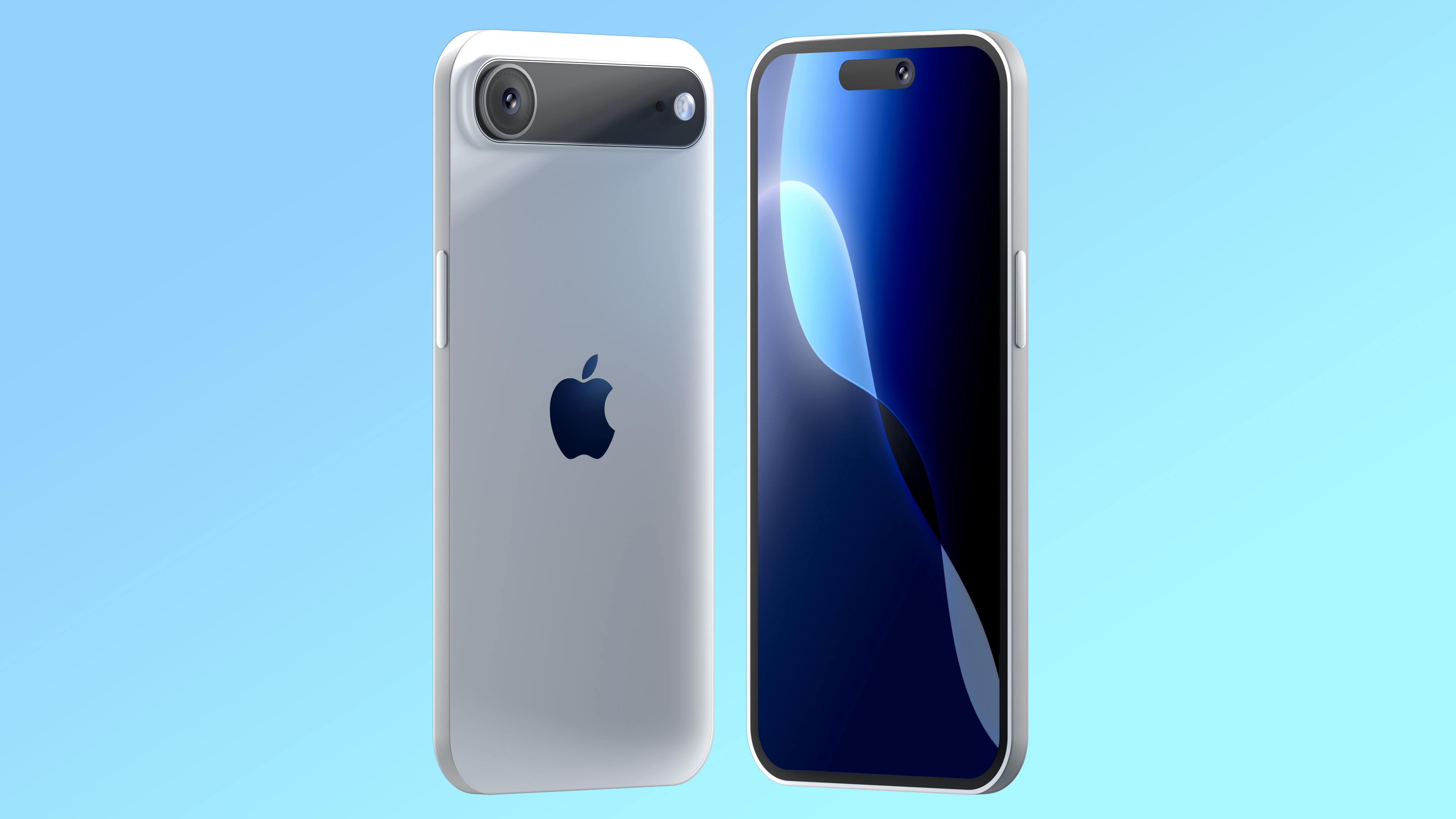
I feel like I'm getting very mixed messages with the thin phones that are on the way. The idea behind them seems to be to emphasize the design and style, showing how phones could look with a few changes . And yet the compromises that have to be made seem to cause their own problems.
I can't escape the prospect of durability being an issue as well. It's not like smartphones are totally impervious to damage as it is, and potentially making them more fragile seems like an issue to me. And sure, a case can solve the problem, but it defeats the point. More so if you have to take weak batteries into account, and need to slap a battery pack onto the back of your phone.
And the more I think about it, the less appealing these phones seem to be.
More from Tom's Guide
- The iPhone Fold needs to break this Steve Jobs commandment if it wants to succeed
- Apple is working on a 'product renaissance' for 2027 — here's the potential products I'm most excited about
- I tried this anti-distraction phone for two weeks — here's my verdict

Tom is the Tom's Guide's UK Phones Editor, tackling the latest smartphone news and vocally expressing his opinions about upcoming features or changes. It's long way from his days as editor of Gizmodo UK, when pretty much everything was on the table. He’s usually found trying to squeeze another giant Lego set onto the shelf, draining very large cups of coffee, or complaining about how terrible his Smart TV is.
You must confirm your public display name before commenting
Please logout and then login again, you will then be prompted to enter your display name.
